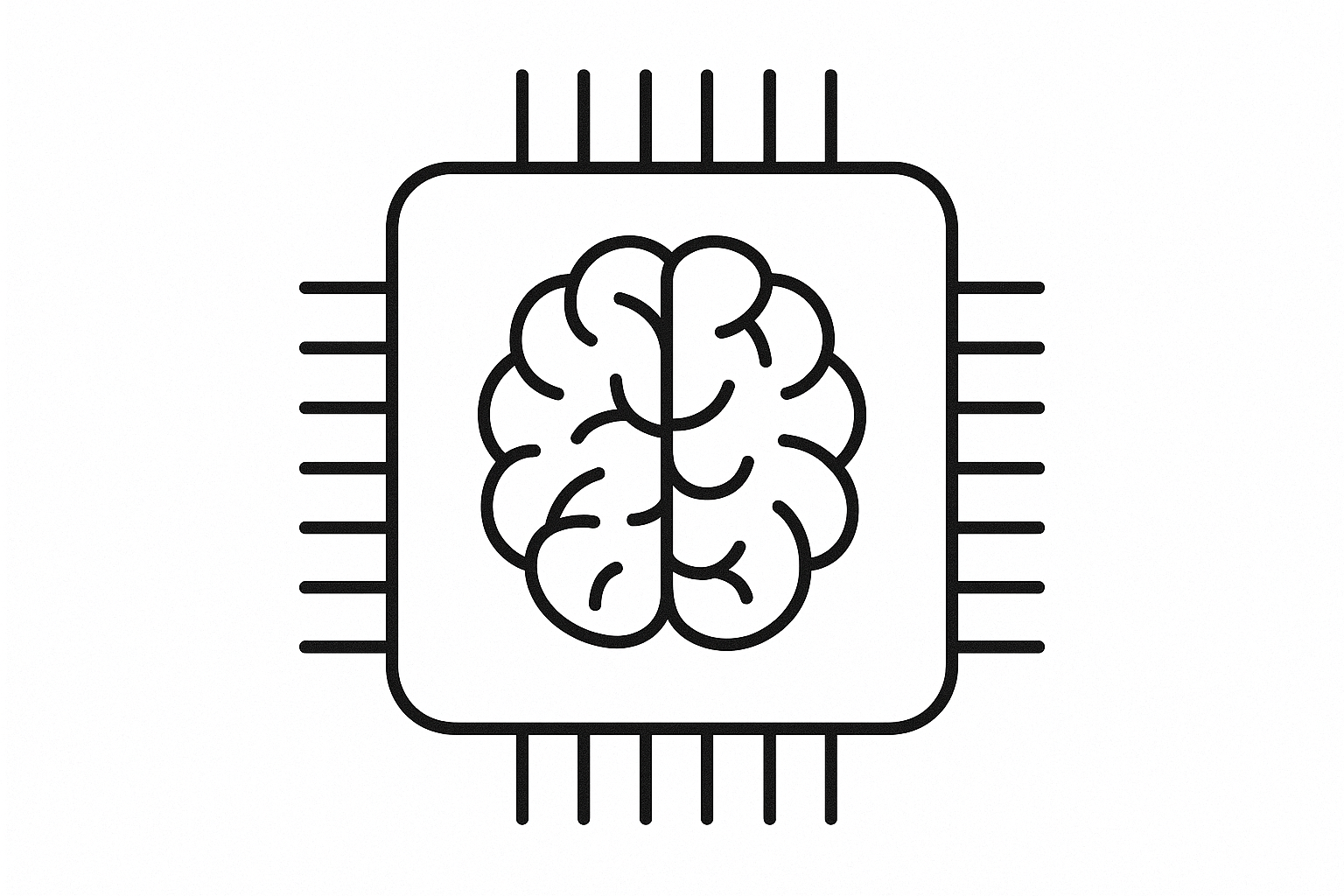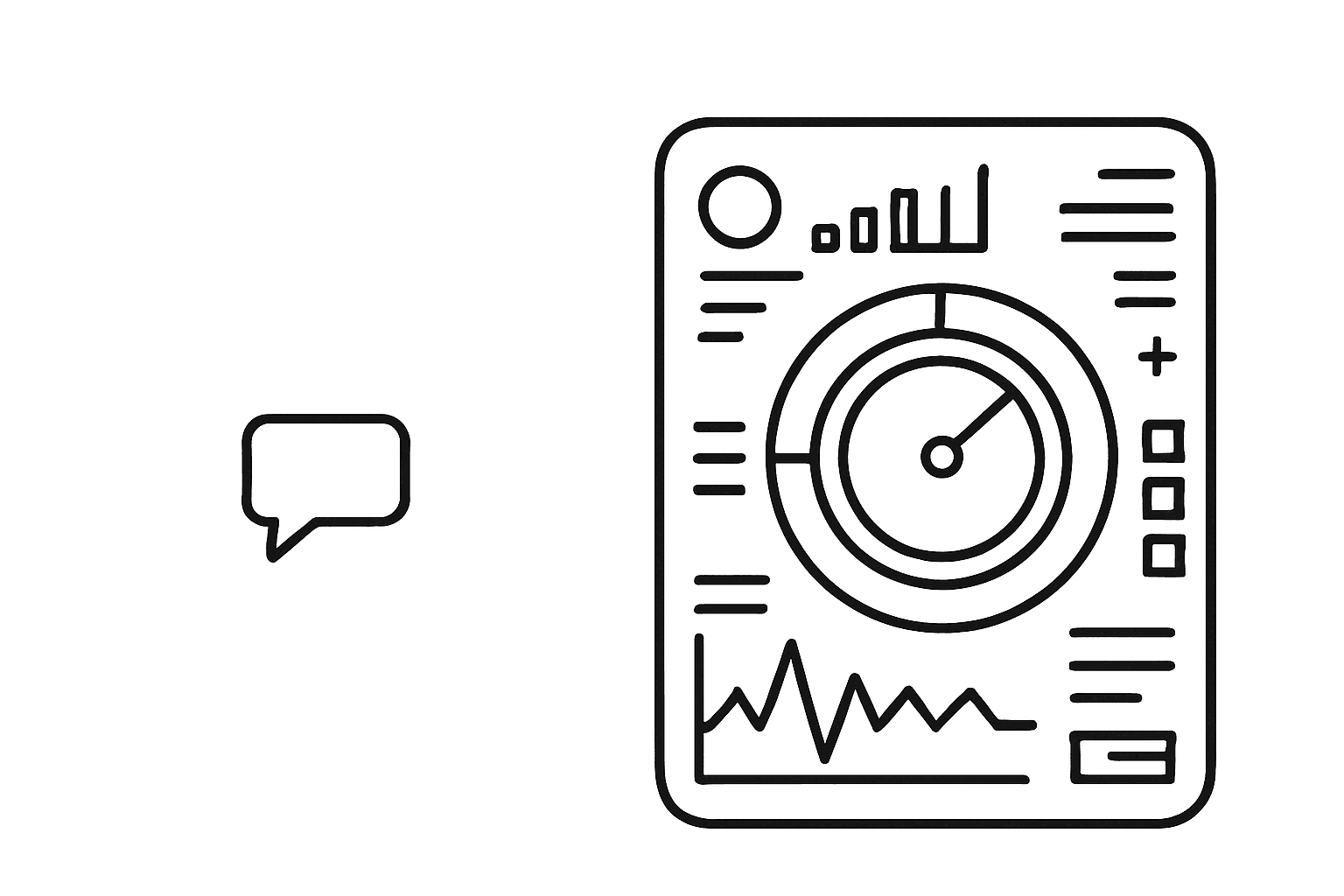What if the real AI inflection point is happening on my desk instead of in the cloud? That question keeps circling back every time someone insists Apple is “behind.”
The usual scoreboard about foundational models and their ever-increasing capabilities barely mentions what happens on the device in front of us. Apple has spent nearly a decade weaving neural hardware into phones, tablets, and Macs without turning it into a hype cycle. Those chips feel less like a spec race and more like a quiet promise: the intelligence you rely on should live where you already work.

An Invitation Hiding in Plain Sight
Apple Intelligence was announced without fireworks. The feature list reads tame: writing tools, notification triage, a few system-level assistants. Yet the developer sessions were unmistakable in tone. Apple wants us to bring our workloads onto their silicon. Every lab, documentation drop, and office hour circled the same idea: Apple Intelligence is a platform—tap into it, extend it, keep the experience private by default. The message is gentle but persistent: use the hardware, keep the data on device, lean into personal context.
Quiet Proof Already Shipping
Even before Apple put a label on it, the devices were already soaked in intelligence. Voice Isolation makes a noisy café call sound like a studio. Center Stage tracks people across a room without broadcasting any frames to the cloud. Photos quietly does its thing so everyday shots just look great, no matter how chaotic the scene. These are everyday features, almost boring, and yet the amount of local processing required is just amazing. They are case studies for what happens when neural compute is treated as part of the OS instead of an add-on service.
Owning Processing, Owning the Model
Cloud AI still matters when you need scale, but it turns every interaction into a rental. On-device work flips the model. The bill was paid when the hardware shipped. The data never has to leave the user’s hands. The relationship becomes less about metering usage and more about delivering capability that earns space on the dock or in the menu bar. That quietly challenges the SaaS mindset. It resonates with me because nothing about having my work aggregated, mined, or owned elsewhere feels right anymore. If the intelligence lives with the user, a subscription to access their own information starts to sound dated. The trade-off, of course, is that Apple’s privacy stance and hardware guardrails slow the wild experimentation that fuels open cloud models. But that constraint is also why the results feel less volatile—grounded, human-scaled, and willing to wait until the pieces fit.
Selfish Alignment
Apple frames privacy as a core value, but it is also a competitive wedge. Safari’s tracking protections, Mail Privacy Relay, and App Tracking Transparency all happen to blunt Google’s data collection while keeping users inside Apple’s ecosystem. Motivation aside, the outcome aligns with my selfish interest. My browsing history, my app habits, my daily routines are harder to harvest. Apple’s incentive to differentiate just happens to protect the way I want to work: locally, quietly, without negotiating away ownership every time I tap an icon.
What If We Lean In
So the question is: what if on-device intelligence is the differentiator that matters? Apple keeps building the stage and inviting developers to plug in. Their own features set the baseline; it is on us to decide whether we will design for a world where users expect their machines to be the primary place where judgment and creativity happen. If the next wave of intelligence is personal, Apple’s head start isn’t in training models—it’s in training expectations.


